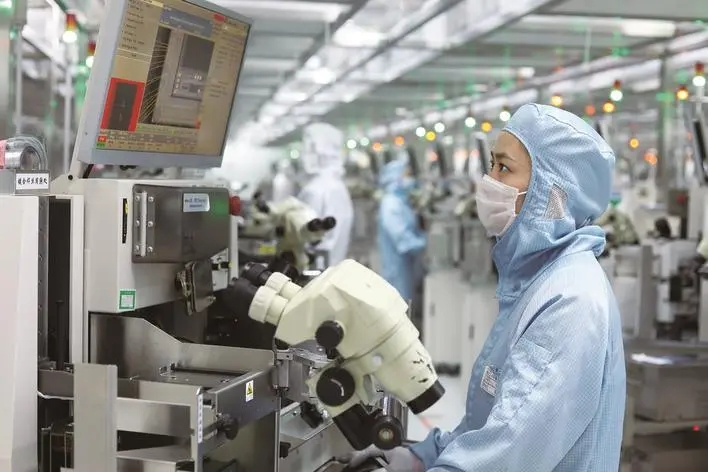Aflatoxin adsorbent Chinese producer
Time:2023-11-15Aflatoxin adsorbents are materials designed to bind and remove aflatoxins, which are toxic compounds produced by certain molds.The choice of raw materials for producing aflatoxin adsorbents can vary, but commonly used materials include clays,activated carbon,silicates,chitosan,mycotoxin-binding proteins,modified silica and alumina,enzymes,ect.
Certain types of clays, such as bentonite and montmorillonite, are known for their ability to adsorb aflatoxins.These clays have a high surface area and can bind mycotoxins effectively.
Activated carbon, derived from materials like coconut shells or wood, is often used as an adsorbent due to its porous structure, which allows it to trap aflatoxins.
Silicate materials, such as zeolites, can be effective in adsorbing aflatoxins.Zeolites have a crystalline structure with a high surface area, making them suitable for mycotoxin adsorption.
Chitosan is a biopolymer derived from chitin, a component found in the exoskeleton of crustaceans.Chitosan has been explored for its ability to adsorb aflatoxins.
Some proteins, derived from natural sources or produced through biotechnology, have been studied for their ability to bind aflatoxins effectively.
Modified versions of silica and alumina can be used to create adsorbents with enhanced aflatoxin-binding properties.
Certain enzymes, either naturally occurring or modified, have been investigated for their potential to break down or modify aflatoxins, providing an alternative approach to adsorption.
The effectiveness of an aflatoxin adsorbent depends not only on the raw materials used but also on the specific manufacturing process and the intended application.Researchers and manufacturers may experiment with different combinations of these materials or develop proprietary formulations to optimize aflatoxin adsorption.



 CN
CN





